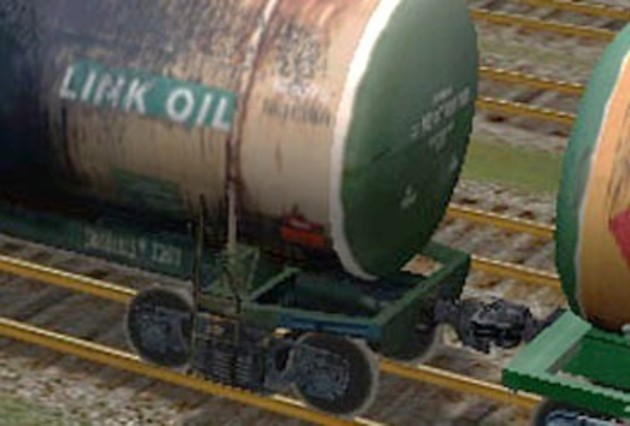Armenian railways in search for a way out of traffic isolationThe economic development of Armenia is being held back by a number of factors, and isolation from regional projects is the main one. As a result of the Nagorno-Karabakh conflict, Armenia is deprived of transport communications with Azerbaijan. Armenia borders on four states and has good-neighbourly relations only with two of them – Georgia and Iran. The borders with Azerbaijan and Turkey are closed.
Only one of four Soviet railway sidings that linked the Armenian railway system to that of other republics is currently operational – the one leading to Georgia. But it also cannot fully function: due to the conflict between Georgia and Abkhazia it can’t reach Russia. Armenian produce can reach other countries, including Russia, only via Georgian naval and road transport.
Rail communication lost its importance in this geopolitical blind alley, and not a single kilometre of railway has been built in Armenia in the last decades. Nevertheless, Russia, controlling almost 50% of Armenia’s economic potential, has decided to take the Armenian railway system in concession and has founded the South Caucasian Railway (SCRW), that is de-facto a subsidiary of Russian Railways’ (RRW) .
The share of railway cargo transport in Armenia is constantly falling, so two projects to increase that share have been worked out in anticipation of the visit of Russian Railways’ chief executive.
Today, if you want to get from Yerevan to Tbilisi or from Yerevan to Vanadzor you have to go the long way round, and that increases the cost.
The first project – the railway line Vanadzor-Fioletovo - is easy to carry out: it implies construction of about 20 km of railroad and concomitant infrastructure. The cost of this project’s realization is 100 million drames (272 thousand dollars), to be funded by both the Armenian government and the SCRW (i.e. RRW). The importance of this project for Armenian industry, business, tourism and agriculture is so high that this sum doesn’t seem a great loss.
The second project, the Armenia-Iran railway, is on a larger scale and is due to be profitable not only for Armenia, but also for other countries of the region. The decision to construct it was already taken in 2007, but the project was frozen due to lack of investment. The line is planed to start at Razdan station in Armenia and finish in the Iranian town of Merant. The Iranian part of the road (80 km) is to be financed by Iran, but Armenia would still have to build 529 km of railroad in difficult technical and environmental conditions (the road is due to go through the Sevan Lake nature reserve and several mountain passes). Estimates of the cost of this project range from 1.7 to 4 billion dollars.
However, there is more to this construction project than just economic benefits for Armenia: it could affect the international trade system. Iran would get a new transit route for its produce. It would gain access to the Georgian Black Sea ports and that, in its turn, would simplify Iranian export trade with Europe. So this Armenia-Iran railway could rival the Russian-Iranian-Azerbaijani “North-South” project.
Armenian wishes to raise the transport blockade and the slowdown in the progress of Armenian-Turkish talks has made the railway construction projects an urgent issue for Armenia. The first project is easy to carry out, but the second one is unlikely to be realized any time soon: it’s too expensive, too complicated and it could provoke a negative response from the USA and Europe, who are still toughening their sanctions against Iran. The RRW could not possibly undertake this construction on its own.
Vsevolod Veselov, exclusively to VK
Dead-end siding

4580 views





